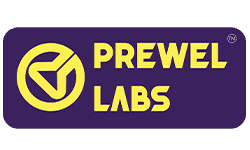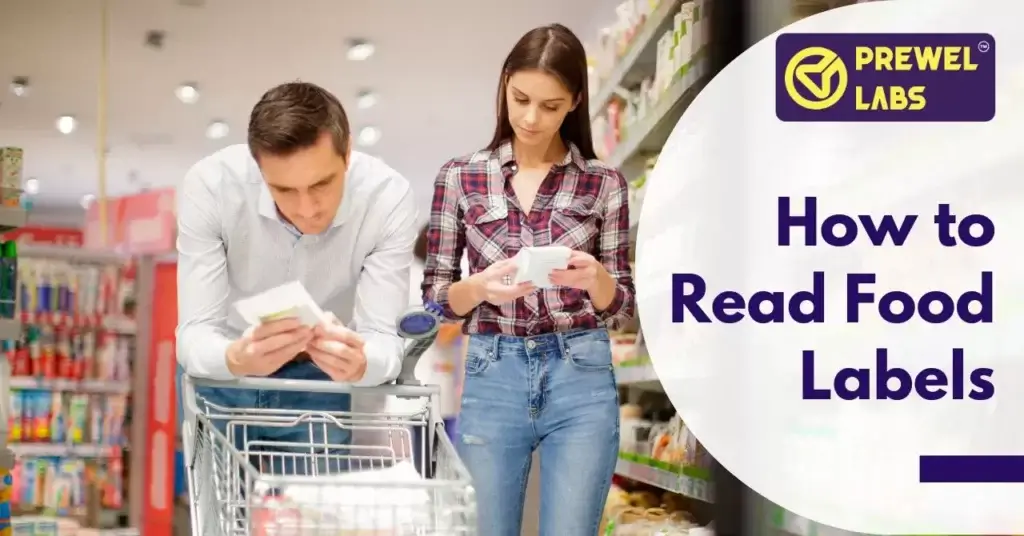Staring at Food Labels in the Supermarket
Remember the last time you stood perplexed looking at the shelves trying to read food labels that had more than a dozen variety of food items that you wanted to buy. You’re not alone when it comes to deciding which brand of cereals to buy. Often, we look at the food labels and spend a lot of time understanding what the difficult terms on them mean. And it’s not an easy task when most food companies are keen on making food labels undecipherable.
Read Food Labels – What the Glossy Front Label says!
But the truth is any “trans fat free” food can have 0.2 gm trans-fat per serving and any “saturated fat-free” item may have 0.1 gm (or less) of saturated fats per 100 gm or 100 ml.
Deceiving words on Food Labels
Recommended Dietary Allowance
Read Food Labels – Now, onto the Back Label!
The Ingredients when you Read Food Labels
Sugar in Processed Food
Refined Grains
Food Additives
The Nutritional Information Label
- The Nutritional information label gives you a brief idea of all nutrients the food contains and how many carbohydrates will each serving contain.
- Carbohydrates (including sugars) are our body’s major energy source, whereas proteins help in muscle development. The number of calories in the item should be looked at. Often, 40 calories are considered low, 100 moderate, but more than 400 calories are too high for a portion of food.
- Sodium, iron and other vitamins and minerals, though are needed in small amounts, are required for various functions in the body. But, it’s good to be
- Since nutritional information is put according to 100gm or 100 ml (FSSAI regulations), comparing different brands is easier for you when you are browsing the shelves to read food labels. Sometimes, you may find the information according to servings, then you should compare the size of the serving!
How Prewel Labs Helps you?
We conduct nutritional analyis & shelf life study helping new food startups to comply to all FSSAI standards. Our NABL accredited food testing lab is located in JP nagar Bangalore.
Learn about benefits of Food Testing
We comply with ISO 9001:2015 standards and FSSAI standards. Check out our other food testing services:
Adulterant
Nutritional value
New product development
Shelf life
Stability studies
Hygiene monitoring program
Looking to Test your Food in Bangalore!

